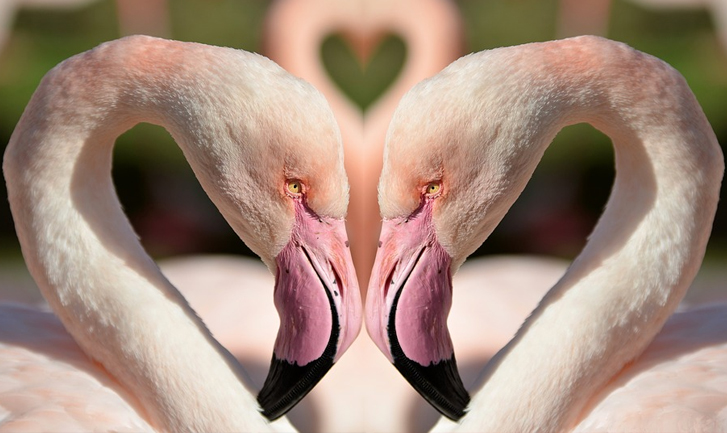
I love animals and especially my cats, Ophelia and Siren. These feelings urged me to help out at my local cat shelter. It broke my heart to see homeless cats out on the street, and it felt great to go to the shelter and play with rescued cats. I donated to the cat shelter, knowing it would help even more animals in need.
It’s very natural for us to show our love for animals this way. Our brains are wired to pay attention to our immediate environment. Now, there was a nagging voice at the back of my head that told me that animals endure suffering around the world. However, I shunted away that voice whenever it began to grow loud and told myself that I was doing the best thing I could to help animals.
When I talked to my friend Marsha, a fellow volunteer at the cat shelter with years of experience, she pointed out that even though I was already doing a lot to help these cats, I could use my time and money to help many more animals, and feel even better about my impact.
She posed an ethical dilemma: Say I was walking to work and saw a kitten drowning in a pond—deep enough to leave me soaking wet, but shallow enough to not pose a more serious threat. But, the kitten is in urgent need of help, and saving that kitten would ruin my smartphone. Would I dive in to save her?
Imagining my cats, my intuitive gut reaction was “Of course!” I wouldn’t even hesitate.

Caption: Photo of Siren in Cuties box (Courtesy of Gleb Tsipursky)
Using that intuitive response, Marsha highlighted that my emotional self was clearly committed to animal welfare. She pointed out that there are many animals right now whose lives I could save for much less than the cost of my smartphone (for example, by donating to the right animal charity). And this would even cost much less time and money than I was putting into the cat shelter.
This adaptation of Peter Singer’s famous thought experiment made me realize I could do much more to help animals. My actions could have been hundreds of times more impactful if I used my resources as effectively as possible. Wasn’t it clear to me, as an animal lover, that effectiveness is what animals deserve? If I could help more animals with the same money and time, why wouldn’t I do it? What could I say to the animals I didn’t help? “Sorry, but I don’t care about you because I can’t see you in front of me?”
I still felt conflicted. I knew what Marsha said made sense, but it was tough to accept. If nothing else, I just really enjoyed stroking the cats at the cat shelter.
Marsha said she understood my perspective, as she has a cat herself. She thought about this question deeply in the past, and decided to split her volunteering and her donations in order to balance her own well-being and happiness while still doing the most good for the world.
She spends most of her time volunteering for the local cat shelter. She also does small actions that help larger numbers of animals for a few minutes each week in-between other tasks.

Caption: Photo of Ophelia, lying on cat mat hand-made by my wife Agnes Vishnevkin (Photo courtesy of Agnes Vishnevkin)
However, she intentionally sends her donations to the most effective charities. These are charities that have been evaluated to have the most impact per dollar. After all, the animal shelter gets plenty of donations from people who don’t have her more effective giving perspective, and donating wouldn’t give the same personal satisfaction as volunteering at the shelter. She donates based on the recommendations of Animal Charity Evaluators, a nonprofit organization that offers in-depth evaluations of the most effective animal advocacy charities. It has recommended The Humane League, Mercy For Animals, and Animal Equality, and you can see its current top picks here.
This plan of action made a lot of sense to me, and I made a conscious effort to update my beliefs and actions based on new evidence. I started donating to the three charities recommended by ACE, as well as ACE itself, so that it could continue conducting research and providing advice to advocates on behalf of the broader field of animal rights.
At the same time, I continue to volunteer at the cat shelter. Being with those wonderful, furry balls of love helps motivate my animal advocacy and fill my heart with the desire to do good for animals everywhere. Now I truly have it all—I’m able to both spend time with cats in the shelter while making a much larger impact on addressing animal suffering through my donations to effective charities.




